Saturn's frozen moon Enceladus is one of the best places to look for life within our Solar System.
That's because the icy satellite is known to have a liquid ocean beneath its crust.
More on Enceladus
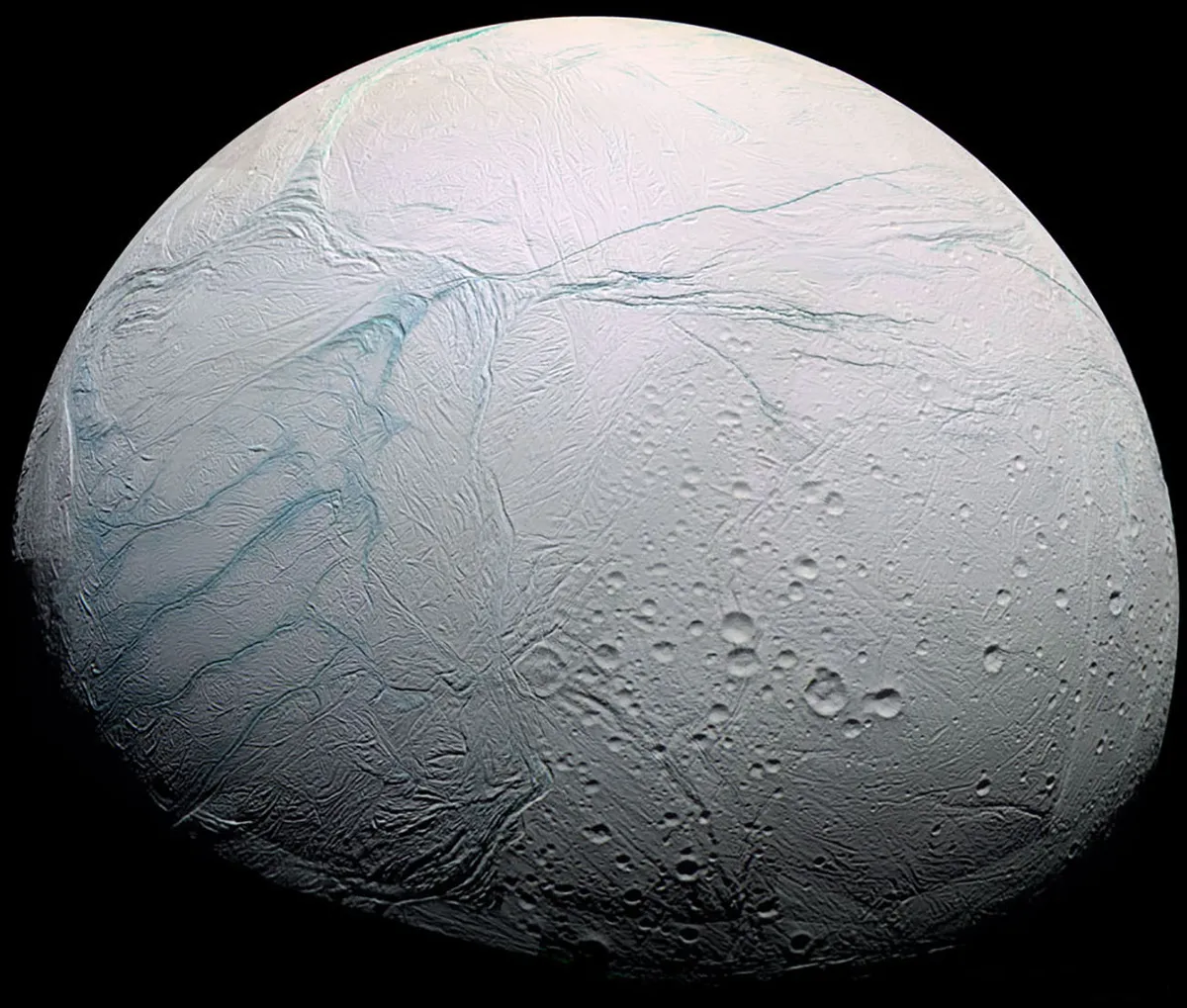
Water being a key ingredient for life as we know it, Enceladus is a prime target for future exploration in the search for life.
New results using data captured by the last spacecraft to visit Enceladus have strengthened the case that life could exist within its subsurface ocean.

Cassini's epic voyage
The Cassini-Huygens probe orbited Saturn from 2004–2017, and completely transformed our understanding of the ringed planet.
Cassini also spent a lot of time studying Saturn's icy moon Enceladus, looking for evidence of the ocean beneath its frozen surface.
The spacecraft even made close flybys of the moon, including dives through liquid plumes erupting from Enceladus's ocean below.
Cassini data has already shown the presence of key building blocks of life within Enceladus's plumes.
But an important question is, what's stopping the moon's ocean from freezing, and could it really be hospitable to life?
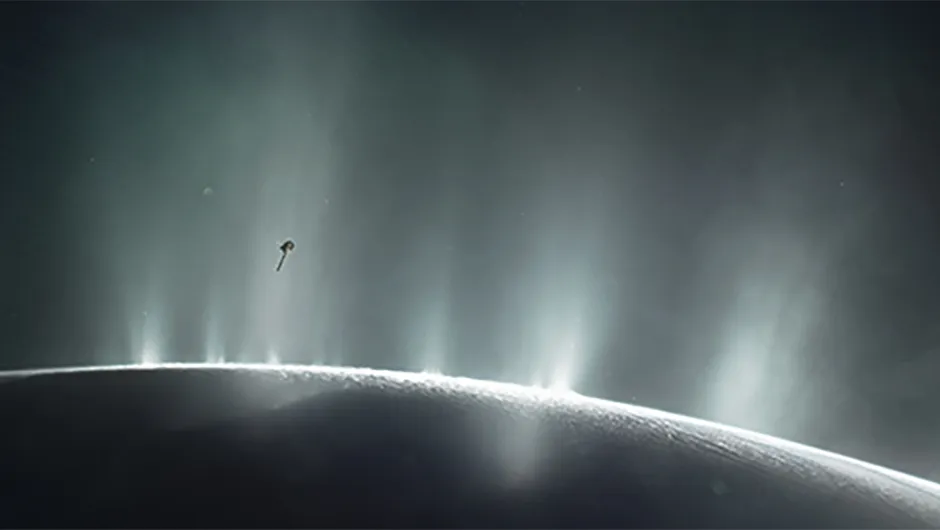
The heat is on
A study led by researchers from the University of Oxford in the UK, Southwest Research Institute in San Antonio, Texas and the Planetary Science Institute in Tucson, Arizona, found evidence of strong heat flow at Enceladus’s north pole.
That contradicts previous assumptions that heat loss was confined to the moon's active south pole.
This confirms, scientists say, that Enceladus is emitting more heat than if it was just a a passive body, strengthening the case that it could support life.
In fact, Enceladus is a highly active world, its global, salty subsurface ocean thought to be a key source of its heat.
The ocean is made of liquid water and contains chemicals like phosphorus and complex hydrocarbons, making it one of the most likely places for life to have evolved beyond Earth.
Enceladus's balanced, stable environment is maintained by Saturn's powerful gravitational pull, stretching and squeezing Enceladus as the moon orbits its host planet.
That friction generates heat that maintains its liquid ocean beneath an icy crust.

Keeping the balance
How can planetary scientists be sure that Enceladus is gaining enough energy to maintain that liquid ocean: not too hot and not too cold?
"Enceladus is a key target in the search for life outside the Earth, and understanding the long-term availability of its energy is key to determining whether it can support life," says Dr Georgina Miles, lead author of the paper.
Previously, direct measurements of heat loss from Enceladus had been made only at its south pole.
Here, plumes of water ice erupt from beneath the surface, spewing out material into space.
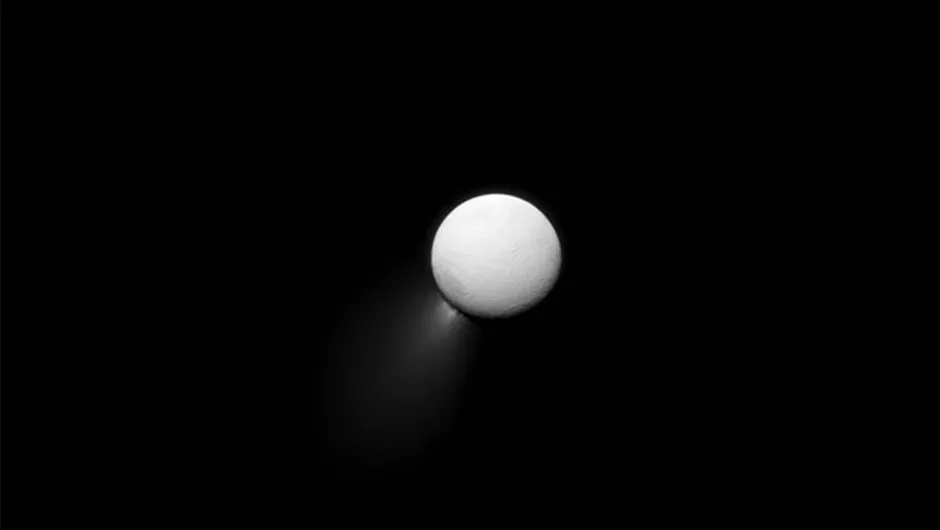
Looking back at old data captured by Cassini, the team compared observations of Enceladus's north pole during its winter (2005) and its summer (2015).
They used this data to measure how much energy Enceladus loses from its relatively warm (0°C, 32°F) subsurface ocean, through its ice crust, to the surface (–223°C, –370°F) then out into space.
The team found Enceladus's north pole is warmer than predicted, suggesting heat is leaking out from the ocean below.
The measured heat flow is about 46 milliwatts per square metre, which, across the whole of Enceladus, amounts to the equivalent output of over 66 million solar panels.
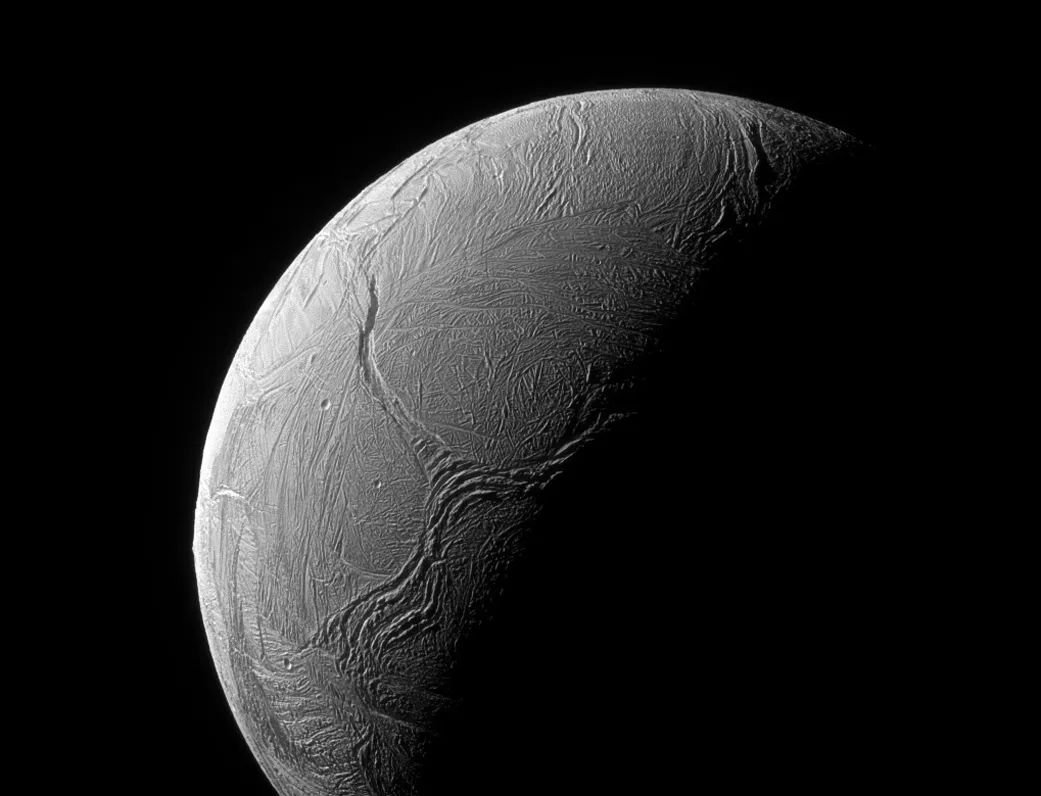
Combining these results with previous estimations of heat escaping from Enceladus’s south pole, puts its total heat loss at 54 gigawatts, which is about the same as the heat generated by tidal squeezing and stretching.
In other words, the results suggest a fine balance of heat gain and loss that could keep Enceladus's ocean liquid, enabling a stable environment long enough for life to emerge.
"Understanding how much heat Enceladus is losing on a global level is crucial to knowing whether it can support life," says Dr Carly Howett, co-author of the paper.
"It is really exciting that this new result supports Enceladus’ long-term sustainability, a crucial component for life to develop."
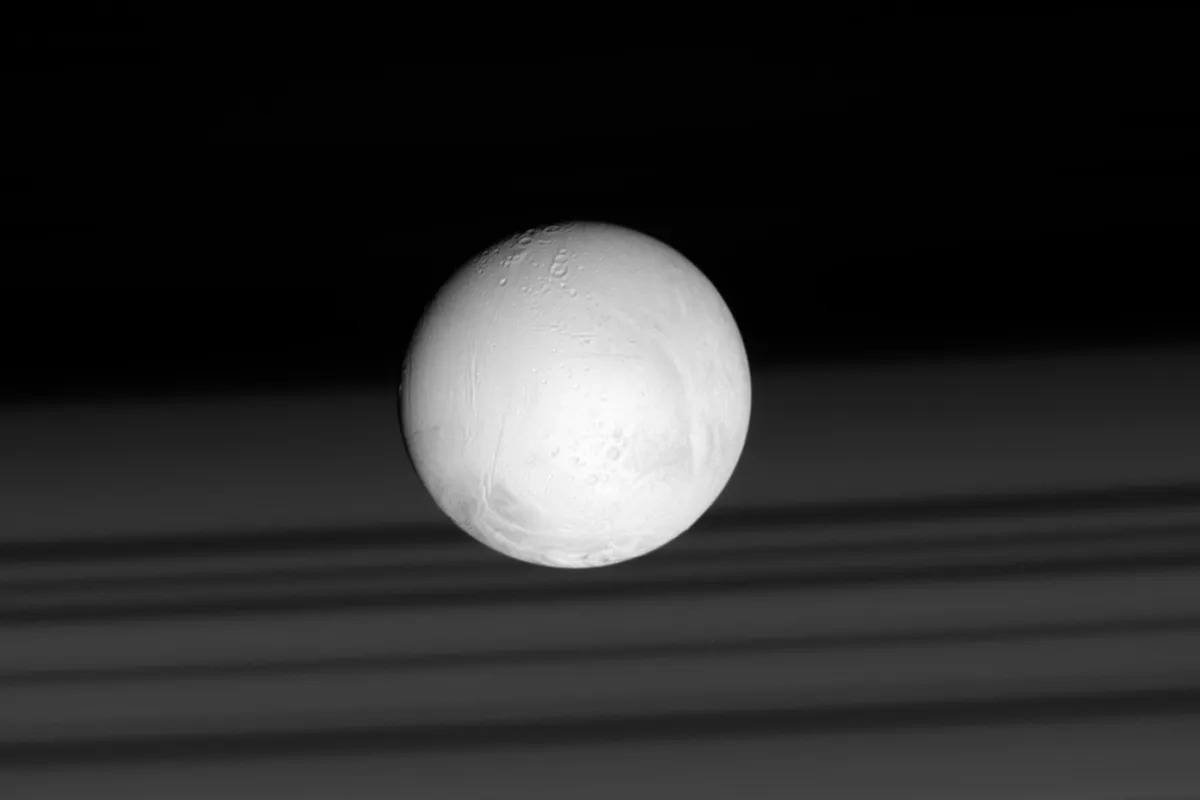
Mysteries remain
One key piece of the puzzle remains, though. For how long has Enceladus's ocean existed? At the moment, its exact age is unknown.
Scientists also can't confirm how thick the moon's icy crust is. The team's findings suggest the ice is 20–23km deep at the north pole, and 25–28km globally, on average.
Future missions may be able to probe Enceladus's ocean even further, perhaps even sending submersible craft to explore the ocean directly.
"Eking out the subtle surface temperature variations caused by Enceladus’ conductive heat flow from its daily and seasonal temperature changes was a challenge, and was only made possible by Cassini’s extended missions," says Dr Miles.
"Our study highlights the need for long-term missions to ocean worlds that may harbour life, and the fact the data might not reveal all its secrets until decades after it has been obtained."
Read the full paper at www.science.org/doi/10.1126/sciadv.adx4338

